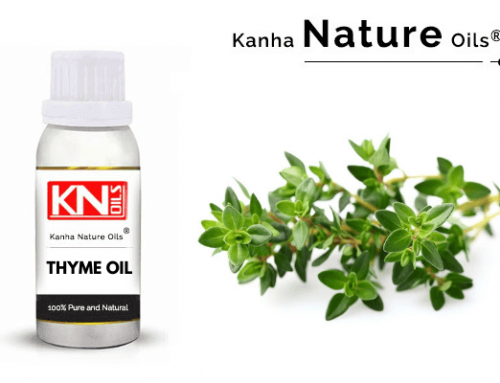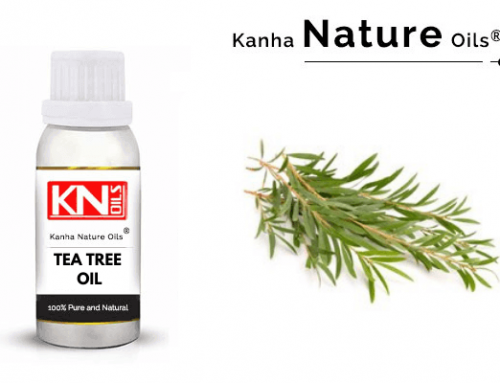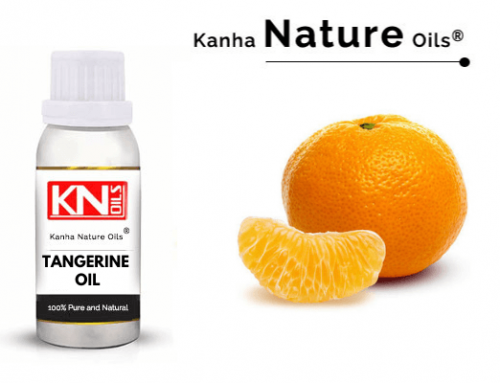MOGRA OIL

- Botanical Name: Jasminum sambac
- CAS No.: 91770-14-8
- EC No.: 294-797-4
- FEMA No.: 2598
- Flash Point (°C): 74
- Refractive Index: 1.4860 to 1.5420 at 20°C
- Specific gravity: 0.9320 to 0.9450 at 25 °C
- Color:Light yellow
- Solubility: Soluble in alcohol, oils and insoluble in water
Description:
Jasminum sambac is native to tropical Asia. It is naturalized in many countries like Maldives, Central America, Puerto Rico, Mauritius, Southern Florida, the Bahamas, Cuba, Jamaica, and Madagascar, etc.
Jasminum sambac species is commonly referred to as “Mogra”.
Extraction of Jasminum sambac essential oil is by the distillation of flower. The flower opens only at night and is picked early in the morning when the petals are tightly closed.
The aroma of this oil is characterized by the presence of indole. The fresh flower will yield essential oils ranging from 0.25 to 0.4%.
Cultivation and Harvesting:
There are more than 200 species of jasmine cultivated worldwide. The three most important commercially cultivated species used for essential oil production is as under:
(i) Jasminum auriculatum
(ii) Jasminum grandiflorum
(iii) Jasminum sambac.
Jasminum auriculatum: It is found in India, Bhutan, Nepal, and Sri Lanka. It grows well in regions with high temperatures and above-average rainfall. It is easy to grow in sun and shade, dry and humid conditions. It cultivated commercially in India and Thailand because of its valuable essential oil. Jasminum auriculatum is also known as JUHI.
Jasminum grandiflorum: Jasminum grandiflorum, also known variously as the Spanish jasmine, ROYAL JASMINE. It is native to Kashmir, Afghanistan, and Persia. It is cultivated in India, Iran, China, France, Italy, and many more countries principally around the Mediterranean. A milder climate is suitable for this flowering plant.
Jasminum sambac: It is native to tropical Asia and has a long history of cultivation in India. It is commonly referred to as MOGRA. It is widely cultivated for its pleasing fragrant flowers. The soil should be well-drained and rich in organic content. requires rich, well-drained soil in an area exposed to at least four hours of direct sunlight a day to grow well. Every spring, add 2 inches of compost around each plant to continue to enrich the soil with essential nutrients. 3-6 hours of sunlight a day is ideal for flowering and plants will grow well in natural bright light. Fertilizers are needed once a month from July to September and February to March. It is essential to apply water immediately after the application of fertilizer.
Odor profile:
Intense floral aroma with a musky note
Major Constituents:
Benzyl alcohol, methyl benzoate, benzyl acetate, linalool, eugenol, methyl anthranilate, trans-jasmone, a-farnesene, 4-a-hydroxygermacral, 5-diene, cis-3-hexenyl benzoate, benzyl benzoate, Phenyl ethyl alcohol, indole.
Application:
~ Mogra essential oil is particularly effective in calming and relaxing for nervous depression, restlessness and anxiety, cicatrizing effect, and sedative effect.
Aromatherapy:
~ Jasminum sambac essential oil is used in aromatherapy massage, diffuser, inhalation, and a warm bath.
WHY SHOULD YOU ASK
our latest catalog
We just want our customers to see how our industry prices are simple & best fit for them. For this you need to be updated from our side on daily basis. Ask our updated latest catalog with latest pricing. One more thing! our three fundamentals never change. We are committed with best price, purity & inhouse variety manufacturing. Want to know what they are? Find it here.




